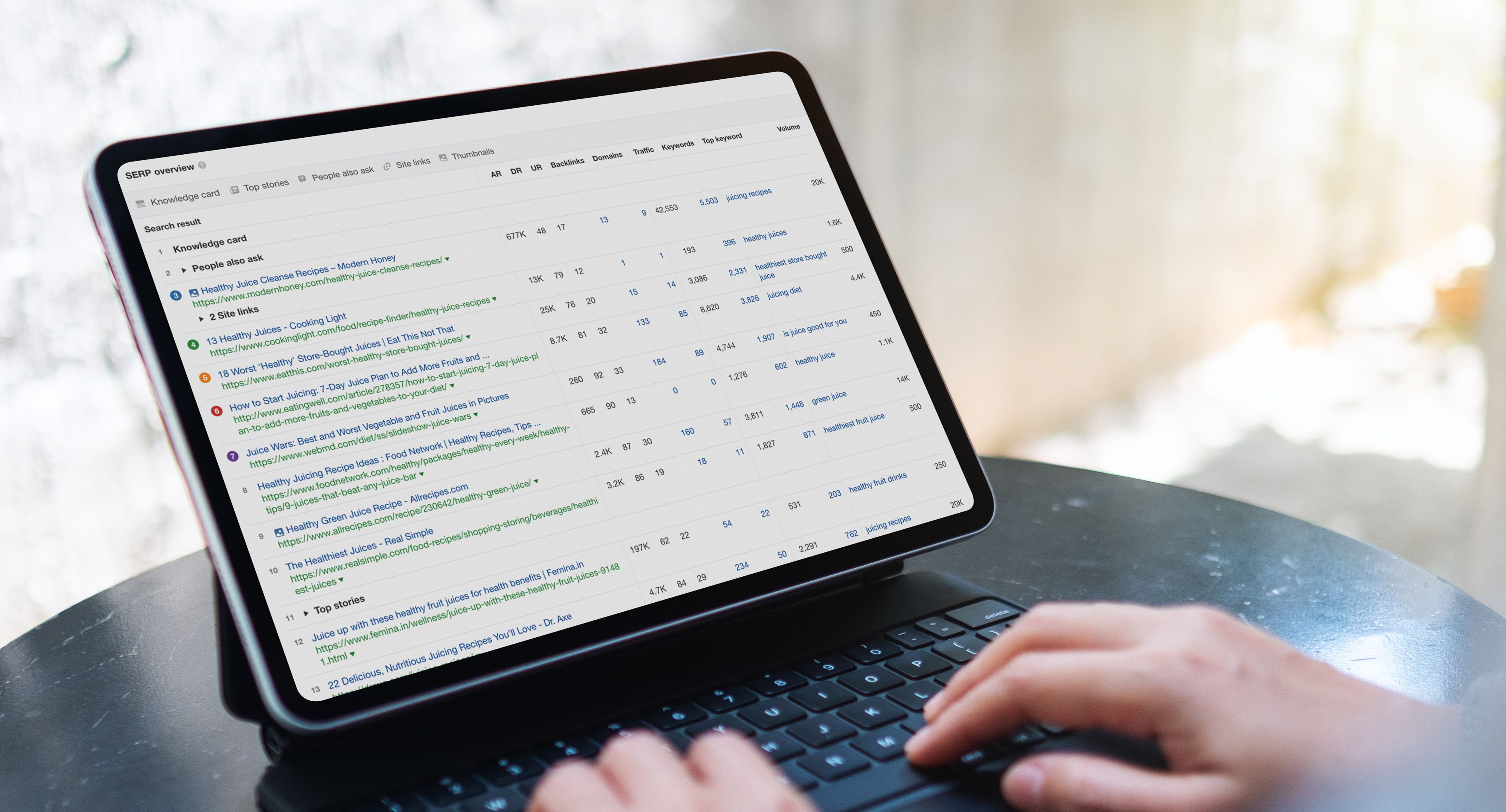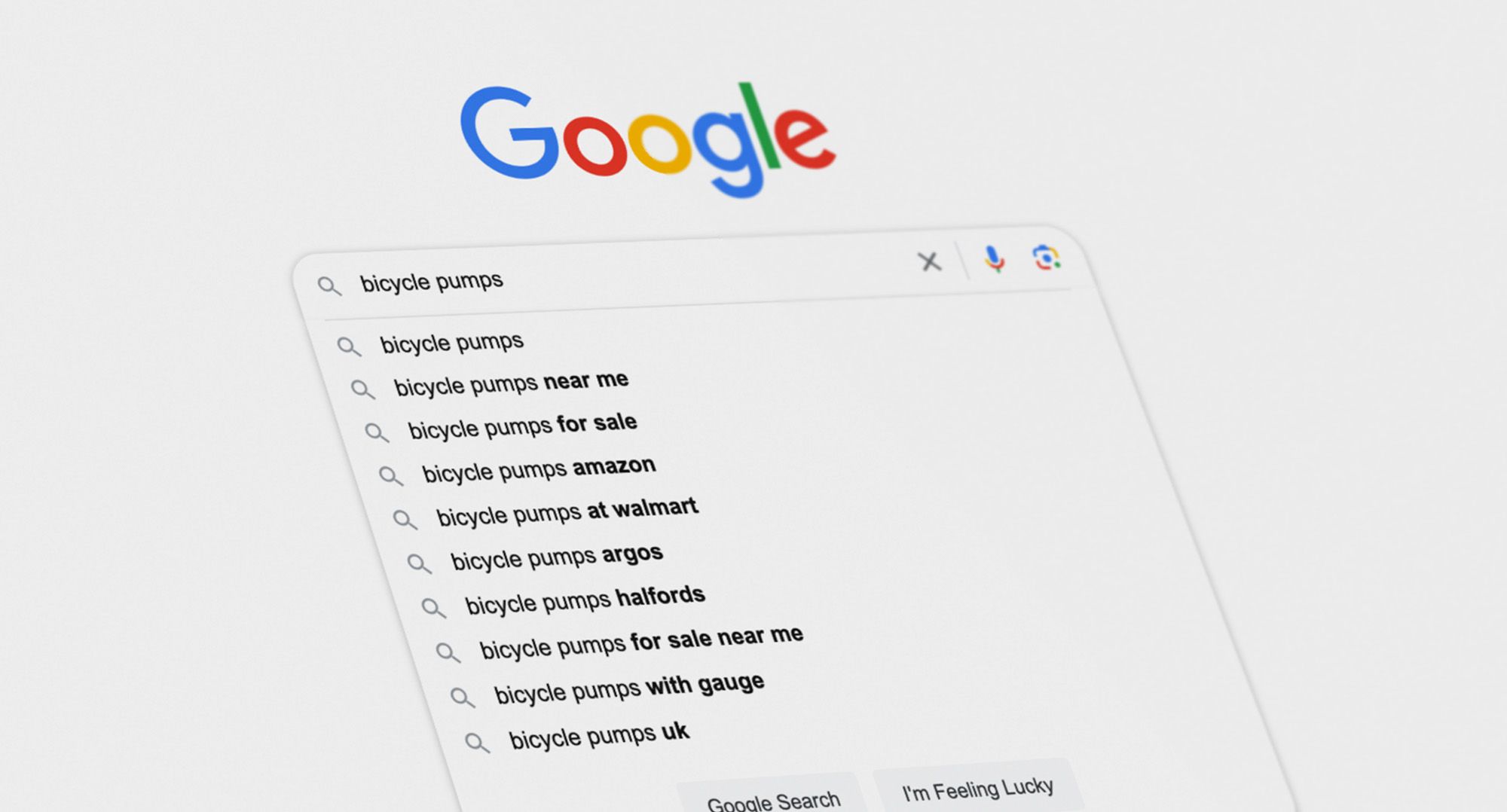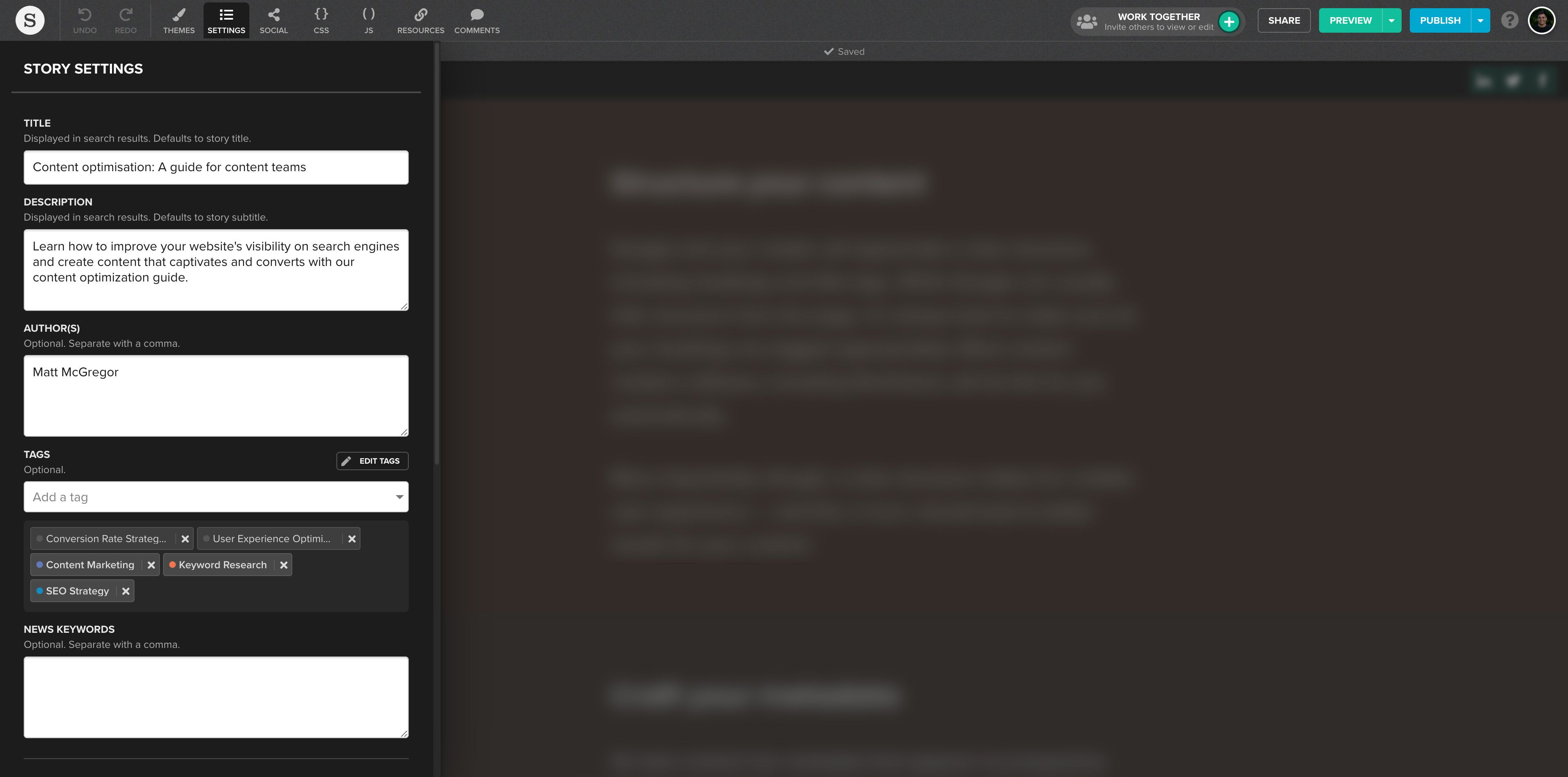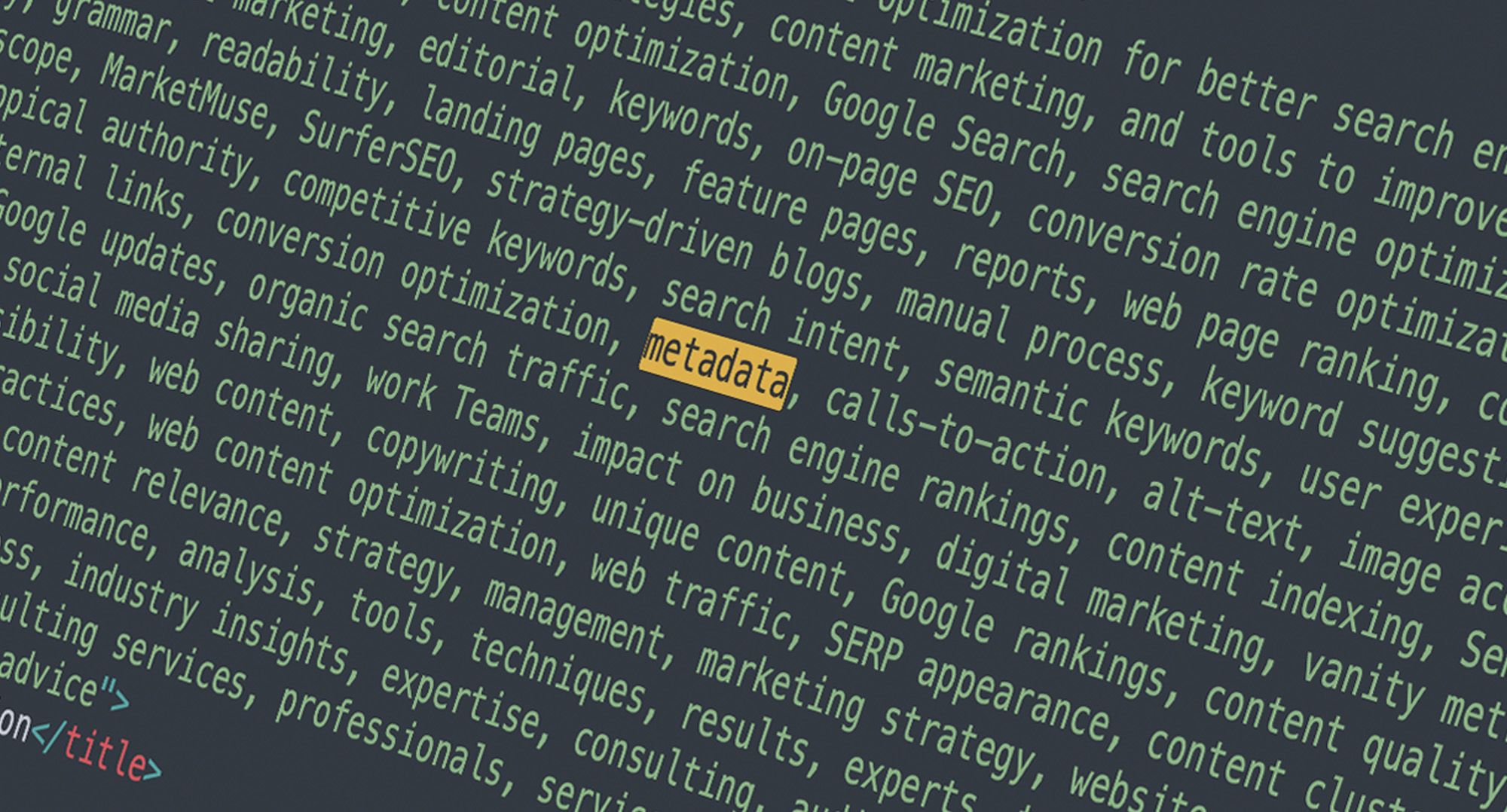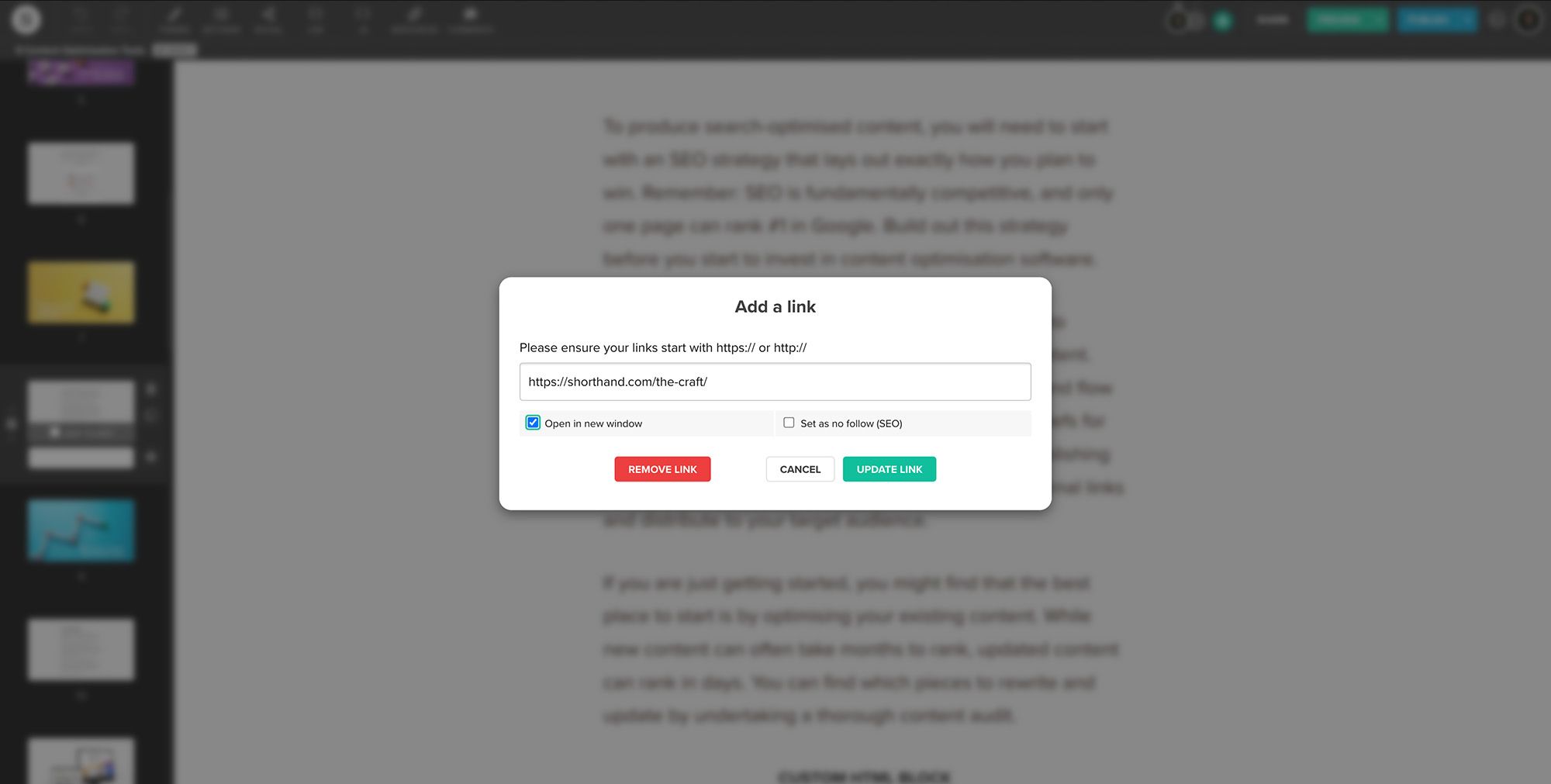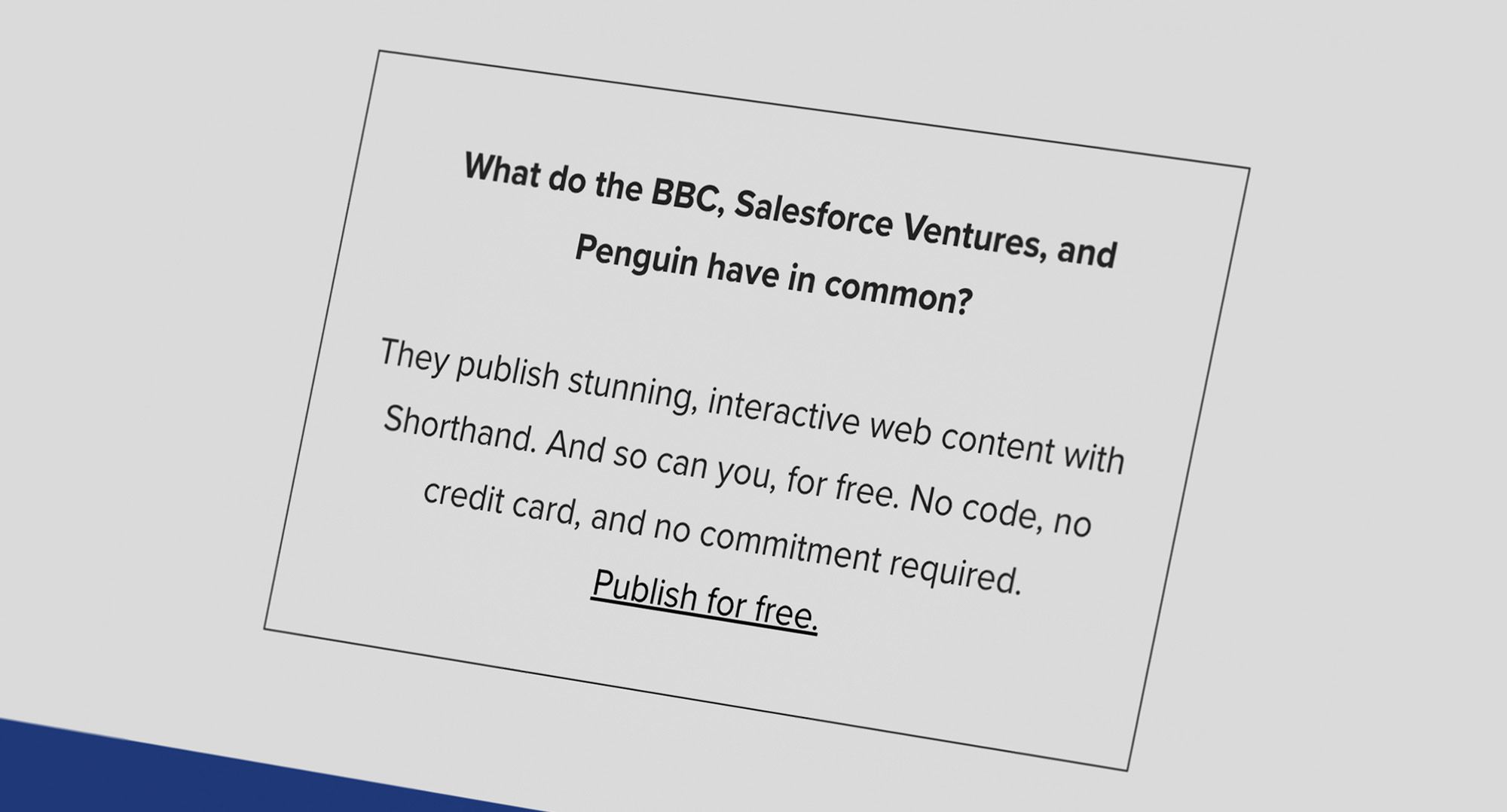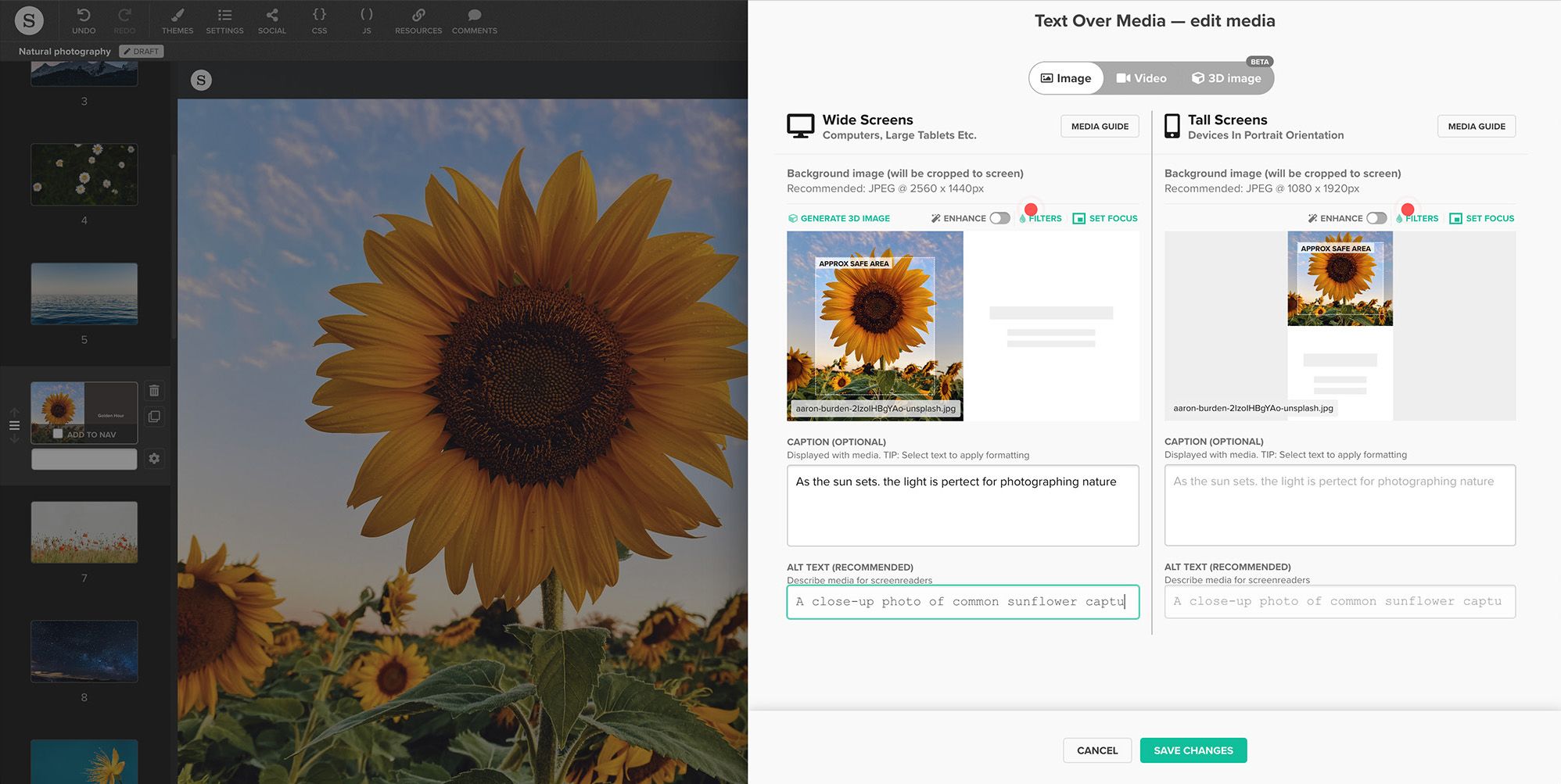optimisation:
content teams


To earn organic traffic from your content, you need to optimise it for Google Search. This is true for every piece of content you publish.
This can be a depressing fact for many content marketing professionals, who often prefer to sing their heart’s true song — or, at the very least, avoid singing to the tune of an algorithm.
But fear not. The more you know about Google’s search algorithms, the more you’ll be able to write editorially engaging — and creatively fulfilling — content, while still landing on the search engine results page (SERP).
We’ll cover:
- What content optimisation is
- Content optimisation tools
- 10 tips for optimising your content
What do the BBC, Tripadvisor, and Penguin have in common?
They craft stunning, interactive web content with Shorthand. And so can you! Publish your first story for free — no code or web design skills required..
Start creating now


Content optimisation is an editorial process aimed at improving your chances of ranking in Google (or Bing) and getting results for your business. Content optimisation can also involve making other on-page improvements, including conversion rate optimisation (CRO), accessibility, grammar, and readability.
Content optimisation is an important part of search engine optimisation (SEO), and is often referred to as ‘on-page’ SEO. This is to differentiate it from the other important parts of SEO, such as building external backlinks and making sure your website is fast and crawl-able by Google.
While content optimisation is often used by content marketers on SEO-driven blogs, the process can be applied to landing pages, feature pages, reports — basically, any web page you want to rank.


The easiest way to optimise content for Google’s algorithm is to use a content optimisation tool. These SEO tools will provide clear and concrete advice for improving your web pages, focusing in particular on the full range of keywords to include.
The best tools — such as Clearscope, MarketMuse, and SurferSEO — do come at a price, and will need to be factored into your content marketing budget. That said, without the analysis provided by these tools, you’re looking at a manual process which will likely be more expensive — in terms of time spent — than just subscribing to a tool in the first place.
If you’re interested in learning more about your options, check out our roundup of the best content optimisation tools.
However, these tools come with an additional caveat. There’s no point rising up the search engine rankings if your human readers don’t enjoy the experience. It takes copywriting skill to incorporate keyword suggestions and still engage your readers. Ideally, this will need to be built into your editorial process from the get-go (as it is here at Shorthand).
Now that we’ve discussed the tools, let’s dive into the specific tactics you can use to optimise your content — and get better results.


Choose the right keywords and topics
The purpose of SEO is to deliver results for your business. Before you write any new content, or even open your keyword research tool, you need to make sure you know what your business objectives are. This will help you build an SEO strategy that actually contributes to the bottom-line.
You should also choose topics that are relevant to what is already covered by your website. Your business will have expertise in something, whether it’s woollen socks or digital publishing. Good content marketing should build on this expertise (otherwise known as topical authority), allowing you to rank for progressively more competitive terms.
Finally, you should also consider how competitive the keywords are. Some tools offer metrics like ‘keyword difficulty’, but you should always contextualise these with the topical authority of your own site. It’s always possible to rank for competitive terms with large search volume using nothing more than high-quality content and the techniques listed below.
Consider search intent
To rank in Google, you need to satisfy the intent of the human behind the search query. Someone searching for ‘Hotels in Ibiza’, for example, most likely wants a list of hotels to book for a future holiday. They're probably not looking for ‘How to manage a hotel in Ibiza’ or ‘The definitive guide to building Ibizan hotels.’
This seems obvious, but not all keywords are this cut-and-dried. So how do you discover search intent? Well — and this might sound a little simplistic — just Google it. Google has already figured out what your target audience is looking for, and will already be serving up the most useful results.
Your job is to figure out where you stand. Does your content fulfil the intent of the searcher? What angle can you take to compete with existing results? What can you say that hasn’t already been said?
As it becomes more competitive to rank on the first page of Google, it’s going to become even more important to have a unique and specific take on the search intent. It’s not enough to simply paraphrase (or plagiarise) other ranking articles.
Include semantic keywords
Most beginners think about SEO in terms of a single target keyword — say, ‘bicycle pumps’ — and assume that SEO is simply a matter of repeating this search term an obnoxious number of times. This practice is known as keyword stuffing, and it no longer works.
These days, Google’s search algorithms are much more sophisticated. To show that your content is relevant to a specific search query, you need to include a range of related keywords, known as semantic keywords.
These are keywords that Google thinks a relevant and authoritative article might include. So, for bicycle pumps, semantic keywords might include “tire replacement,” “puncture repair”, “Shrader,” and “Presta.”
Some of these relevant keywords are obvious. But content optimisation will involve including non-obvious semantic keywords, too — all without alienating your human readers.
How do you find these out? Check out our list of content optimisation tools.
Structure your content
Google and your reader will appreciate a clear structure, including headings and title tags. While Google can usually infer structure from the page, it’s always best to make sure all your headings are tagged appropriately. Most content creation software, including Shorthand, will do this for you automatically.
More importantly, though, a clear structure makes for a better reading experience — and this, in turn, should lead to better results for your content.
Craft your metadata
All web content has metadata that appears to prospective readers around the web. This includes the metadata that populates social media cards — and, critically, the metadata that appears in the SERP.
Why is this important? It’s one thing to rank in Google; it’s another thing entirely to get searchers to click through to your website. You want to spend time crafting your title and meta description to make sure it’s as effective as possible.
Note that there’s always a chance Google will decide that it knows better. For years, Google has been deciding to choose its own title and meta description. If this happens to you — well, there’s not much you can do, except cross your fingers and hope that Google has made a good choice.
Add internal links
Internal links are links that you give to other content on your site. Links have always been an important signal to Google about what matters most on the web, and this holds true even for your own site.
The best approach is to build out a related ‘cluster’ of content, with links across related pages. This will signal to Google that your site is an expert on that specific topic, and may decide to reward you with higher rankings.
Conversion rate optimisation
Most content marketing strategies are aimed at encouraging readers to take a ‘next step.’ For some, this is to sign up to a newsletter. For others, it’s to sign-up to a free version of a product.
Regardless of what your ‘next step’ is, you’ll want to make sure you’re including relevant calls-to-action (CTAs) and testing them religiously.
Add alt-text
As we’ve explained in our guide to writing great alt-tags, accessibility isn’t about juicing your search rankings. While alt-tags can be important for ranking in Google Image Search, the primary reason to craft them is to make your content universally accessible.
This process can be daunting for image-heavy posts — just ask the team here at Shorthand — but isn’t something you should skip over. To be successful in content marketing, you need to make your content accessible for everyone.
Related point: don’t use PDFs.
Perform a content audit
Content optimisation isn’t a one-and-done, as Google updates its algorithm multiple times each day. This is a slightly annoying fact, as it means your number one spot in the search engine rankings isn’t permanent.
But it’s also a massive opportunity, as it means that you won’t be stuck in second-page-purgatory forever.
The easiest way to make a massive improvement in your organic search traffic is to optimise content that has already been indexed by Google — particularly content that is ranking in the 11-30 range. You can discover these opportunities by performing a content audit using tools like Semrush or Ahrefs.
Create content people want to share
My final tip is a sneaky one, as it’s not really a content optimisation tactic so much as a reminder: ranking in Google is not your goal, it’s a step on the way to your goal. Don’t have Google traffic as your north star. It’s a vanity metric that sets all the wrong incentives for your team.
Instead, set the bar higher. Try to create content that your target audience would want to share in their work Teams account, or post on social media, or save to their internal Notion or intranet. That’s the real goal — and if you hit it, you can be sure that you’ll have a greater impact on your business than ranking on the first page of Google.
Though, just to be clear: you should try to do that, too.

